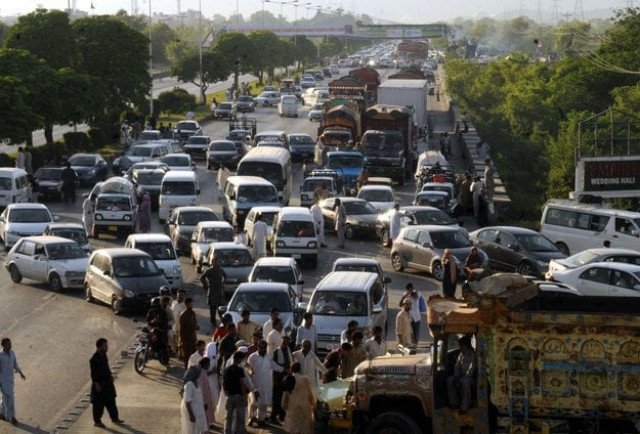Islamabad the ‘Heat Island’
The city has become a ‘heat island’ because of an increase in local atmospheric and surface temperatures

Simply put, there are a lot more people living in the city and their activities are having an effect on the local climate. PHOTO: WASEEM NAZIR/EXPRESS
Some may be surprised to learn that Pakistan has a Ministry of Climate Change and it has been busy producing a study titled ‘Climate Change Vulnerability Assessment of Islamabad’, which was launched by the United Nations Human Development Programme (UN Habitat), on June 5. It contains some startling facts that bear close consideration. The mean annual temperature change in the capital between 1960 and 2010 was by one degree centigrade, but in the central area of the city, the temperature rise in the same period was 3.5 degrees centigrade — a rise which is double the global average. The report is clear as to why this is so: there has been a significant deviation from the city masterplan, a revelation that will come as no surprise to anybody living and working in the city for the last 20 years. There is a surfeit of industry, brick kilns, cars and habitation, all of which exceed recommended limits. The population is unhealthy and the old saying ‘as you sow then so shall you reap’ has never been more apt. Expect no improvement in the foreseeable future.
Published in The Express Tribune, June 9th, 2015.
Like Opinion & Editorial on Facebook, follow @ETOpEd on Twitter to receive all updates on all our daily pieces.














COMMENTS
Comments are moderated and generally will be posted if they are on-topic and not abusive.
For more information, please see our Comments FAQ